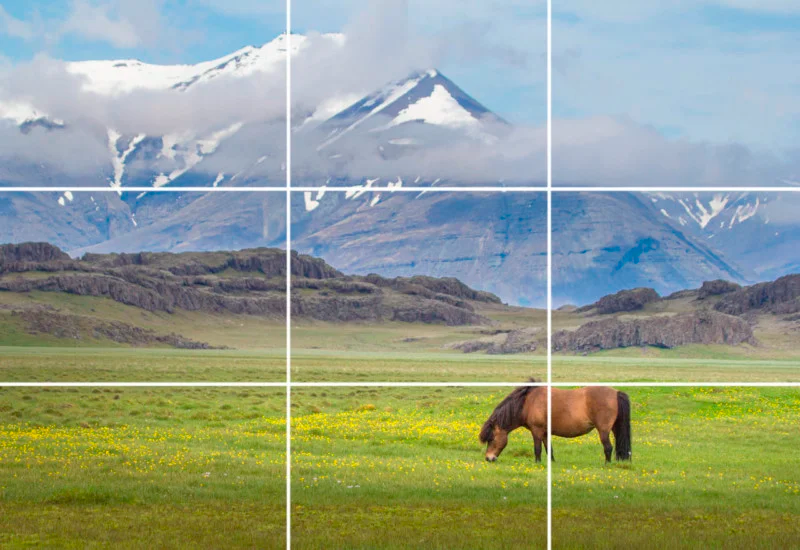Photographic composition is an essential element for creating visually appealing and impactful images. Mastering photographic composition techniques can transform an ordinary photo into a work of art. Below are ten fundamental rules of photographic composition that will help you enhance your skills and capture stunning images.
Rule of Thirds
Divide the image into nine equal parts with two horizontal and two vertical lines. Position important elements along these lines or at their intersections to create a balanced composition. This technique directs the viewer’s gaze to the photo’s focal point, creating a sense of harmony and balance in the photographic composition.

Photo: John Tunney
Leading Lines
Leading lines direct the viewer’s eye toward the main point of the photo. Use roads, railways, fences, or rivers to create depth and guide the viewer’s vision. These lines can create a visual journey, keeping the viewer engaged throughout the photographic composition.

Natural Frames
Use natural elements such as trees, windows, or arches to frame your subject. This technique adds depth and highlights the focal point, making the image more engaging. Natural frames can provide context and environment, embracing the subject harmoniously—an important method in photographic composition.
Symmetry and Patterns
Symmetry and patterns are visually pleasing and can be found in many forms, from nature to architecture. Capture these forms to create visually balanced and harmonious images. Symmetry brings a sense of order and stability, while patterns add visual interest and repetition—key elements in photographic composition.
Simple Background
A simple background avoids distractions and keeps the focus on the main subject. Ensure the background complements rather than competes with the photo’s object, providing a clean and clear composition. Simple backgrounds allow the viewer to focus on the subject without being distracted by unnecessary elements—a practice effective in photographic composition.
Depth
Adding a sense of depth can make your photos more engaging. Include elements in the foreground, middle ground, and background to create a three-dimensional composition that invites the viewer to explore the image. Depth can be achieved through perspective, overlapping elements, and varying focus—valuable techniques in photographic composition.
Filling the Frame
Filling the frame with the subject eliminates distractions and makes the image more impactful. Moving closer or using a telephoto lens can achieve this effect, highlighting the detail and significance of the photographed object. This technique is especially effective for portraits and detailed shots—a useful approach in photographic composition.
Utilizing Light
Lighting is crucial for photographic composition. Soft, diffused light creates a pleasant atmosphere, while direct light can produce dramatic contrasts and interesting shadows. The direction, quality, and intensity of light can completely transform the appearance of an image—essential aspects of photographic composition.
Different Perspectives
Exploring different perspectives can result in more interesting compositions. Shoot from high, low, or side angles to add new dimensions to your image, revealing details that might otherwise go unnoticed. Changing perspectives can introduce new interest and depth to your photos, enriching the photographic composition.
Using Negative Space
Negative space refers to the area surrounding the main object. Effectively using negative space can give your subject more prominence and create a balanced, harmonious composition, allowing the viewer’s eye to focus on the point of interest. Negative space adds simplicity and elegance—refined elements in photographic composition.
These rules of photographic composition are valuable tools for any photographer. By applying them, you can significantly improve the quality of your photos and develop your own style. Practice each rule and observe how small changes can make a big difference in your images. With time and practice, you’ll master these techniques and capture truly impressive photos.
For more information on photographic composition, check out these helpful resources:

